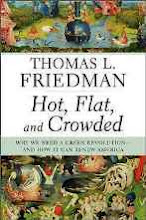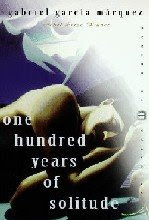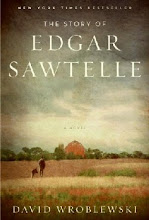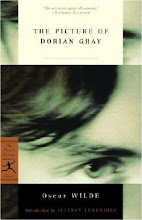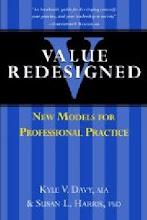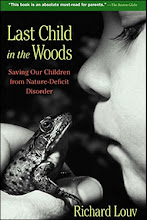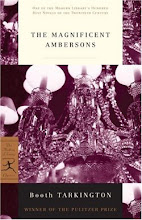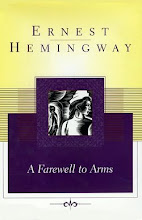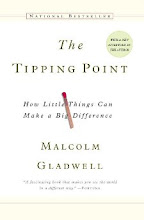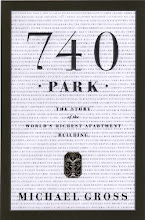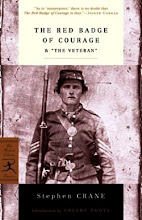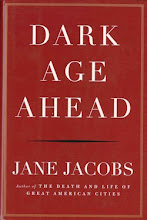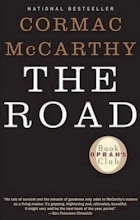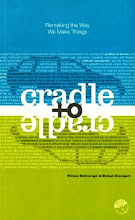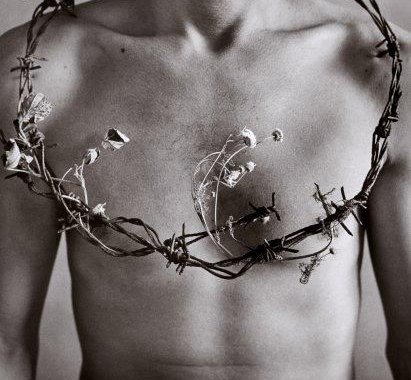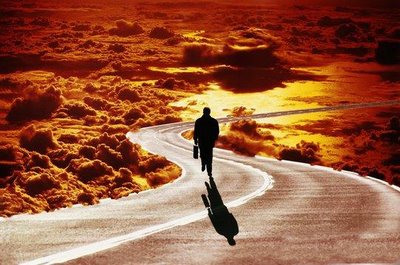
A thick fog rolled over Logan Airport painting the windows in the terminal white like an abandon building. The flight is delayed three hours and counting. I reflect on the past four days in Boston which has been a blur of activity and enlightenment. I’m embarrassed that during the entire time in Boston I failed to exit the hotel to secure a breath of fresh air or to touch my feet to the city. A continuous driving rain was not the reason for my self imposed imprisonment. The source of my captivation was engrossing dialogues with leading visionaries which were intellectually inspiring. I attend a lot of conferences listening to a lot of keynote speakers, but it is seldom that a series of speakers can challenge me to reconsider my fundamental precepts about urban design and reveal paradise lost.
A simple conversation about nothing in particular during the social hour prior to a gala dinner obtained me an invite to the speakers table. I tend to shun social climbing at these types of events, so the offer to join the guest of honor for dinner came as a complete surprise. A few simple introductions and I found myself seated next to Time Magazine’s "Hero of the Planet Award" or "Bioneer", the father of the modern sustainability movement, as well as recently named one of the 20th Century's top thirty-five inventors.. Typically it is bad planning to seat an individual next to the keynote speaker, who has almost no knowledge of the speaker’s accomplishments. Social climbing requires detailed knowledge of all possible celebrities in the crowd so targets can be acquired. My total lack of interest in media personalities leaves me at a severe disadvantage in these situations. I must have been on vacation the month in 1999 that the guest speaker was made famous. Or least that’s what I told him. He smiled broadly as I asked him if he carried a copy of the Time magazine which I could borrow to catch up on current events.
Dinner was an elegant grilled salmon with pawns which was exceptional for banquet fare. The dinner conversation was congenial and refreshing. Our speaker was small in statue with thin blond hair and a fair ruddy complexion that gave him the appearance of a weather worn seadog. His thick Bostonian accent punctuated good natured cantankerous comments. His wife was frail in body with jet black dyed hair, but boisterous with a confidence cultivated from many generations on Cape Cod. In youth she was a professional ballet dancer, but a back injury earlier in the week confined her to a wheelchair which was uncomfortable and restrictive to a body that once moved with such grace. She tugged and pushed at the wheelchair resisting its embrace, never at ease.
At one point a clever joke by his wife about Tom Cruise caused the speaker to blush. As the table toyed with his bashfulness the blushing guest folded his hands over his face and began to glow red like a hearth of hot coals. His boyish mannerisms were endearing and disarming placing the entire table at ease as if we were old friends. The conversation turned to the subject to his work. His wife chided his for not returning a call of a former student. As it turned out the student was calling to ask him to write chapter seven in her book on “bio- mimicry”. He never got around to returning the call and as it turns out the book was a huge professionally acclaimed success. Smiling sheepishly he grudgingly admitted it was probably a mistake.
Drifting from the table discussion, I scanned the huge ballroom surveying all the tables filled with accomplished professionals of waiting to hear the shared wisdom of our guest speaker. Not listening, I hear a part of a conversation that snapped me back to the table with a huge laugh. “She had arms like lamb chops.” Unable to keep from laughing I said “She had arms like lamb chops? What the hell are you talking about?” Apparently the image it evoked in me was captured by the group as the table erupted into a side splitting roar. I never did get an explanation of what the conversation was about, leaving me to wonder through a sleepless night why “she had arms like lamb chops? “
A woman from our table ascended to the podium to introduce our speaker. She was an executive director from a prestigious environmental organization in New York City. Her graceful elegant introduction described a vast array of accomplishments over an amazingly diverse and varied life. He was trained in agriculture, parasitology, and tropical medicine, and received his doctorate in fisheries and oceanography. His early work involved the behavioral ecology of fishes. At one point she identified our speaker as an ‘bio-alchemist” which made him chuckle and blush. The crowd offered him an extended warm welcome as he effortlessly glided to the podium. He placed his hand on the microphone and pulled it down horizontal with the top of the podium, then quietly joked that he was unable to see over the top of the damn thing. As if being struck by lightening he immediately took command of the room. His diminutive statue and boyish mannerisms melted away as he demonstrated a powerful and formable intellectual presence before ever uttering a word.
He began with a tribute to a dear friend, a famous visionary architect who recently pasted away. The darkened room filled with images of private sketches and drawings of green visions of a possible fantastic future. Many of the images were obliviously private and deeply personal having never been seen before. The tenderness in which the work was described conveyed a lifelong collaboration with a trusted and valued peer. The speaker then deftly transitioned on to his early work and inspiration.
Images of a futuristic glass and steel building cover in green flashed on the screen. With great affection he described the building he designed as the first totally off-the-grid self sustaining living structure. The wind and solar energy systems were described in detail. The lush exotic garden in the center of the structure was bio-composter. Every system and material in the structure was carefully selected for zero environmental impact. He fondly described the many years of teaching thousands of students about biological technologies. Finally, he told the crowd how the institute fell in disrepair and how the building suffered neglect. With great pride he informed the crowd how the World Congress identified the institute as a world cultural historic site and listed the structure as one of the most important architectural achievements of the past century. They considered the site as the start of the sustainability movement. Without warning or tempering he informed the crowd that within three months of receiving the world historic designation the structure was demolished. The audience gasped in disbelief.
As he delved deeper into his body of work his genius became apparent. He designs what he now calls “living machines”, very sophisticated biological engines composed of plants and animals that restore degraded bodies of water. These large floating islands containing only biological living organisms are many times more effective and efficient than modern sewage treatment plants. Photos of horribly desolate industrial wastelands being transformed into lush beautiful clear water lakes flashed on the screen. He described the process “Acting as chemostats, Restorers utilize the widely recognized benefits of fixed bio-films to accelerate the natural processes found in a river, lake, pond or constructed lagoon.”

Images flash on the screen from somewhere in China showing a foul putrid canal which untreated raw sewage flows directly from the adjacent skyscrapers. The water in the canal is so turbid and thick you could walk across it. He offers an apology for the image while the crowd finishes dinner. Glancing at the screen he discusses the topic of the microcosm as a tiny mirror image of the macrocosm. “This ancient hermetic law applies to ecological design and engineering. As much as possible, global design should be miniaturized in terms of gas, mineral, and biological cycles. The big system relationships need to be maintained in the living machine”. The next images show the canal with lush green floating rafts in clear blue water with people walking along the constructed gardens. It is a truly amazing transformation.
More than an hour has flown by and the presentation is about to conclude. “The biggest challenge will be the waking up of the larger public to the fact that we need to shift from an extractive society to one that is restorative. There needs to be an increased local awareness to create viable communities - that's a very different model than what we've seen in the 20th century. I don't know what it will take to wake us up; we're kind of numb to species extinction and other environmental crises. It would be nice if we could change course without a major ecological disaster.”
In closing he indicates that there are two camps of humanity “Those that will sleepwalk into the future unaware to the impending disaster or those which will see the shadow of the future and be spurned to act.” The applause of the crowd rolls on for minutes without end. He is swallowed by a mob of faithful with questions and congratulations as steps down from the podium. The diminutive man and boyish mannerisms reemerges as he politely answers each question one by one. Walking from the ballroom I glance over my shoulder only to see the crowd around our speaker growing.
Inspiration comes in many shapes and sizes. Inspiration emerges from the realm of the everyday and common when it is least expected. This week inspiration came from a diminutive seadog with the ruddy complexion. I have spent the past two days since the gala dissecting and savoring the message in exquisite detail, examining each word as a jeweler examines precious gems. I look out the windows of Logan as the fog begins to clear. The flight attendant announces that we will begin boarding the flight home. In enter the plane with a renewed spirit. I need to wake those sleep walking and point out the shadow of the future.













